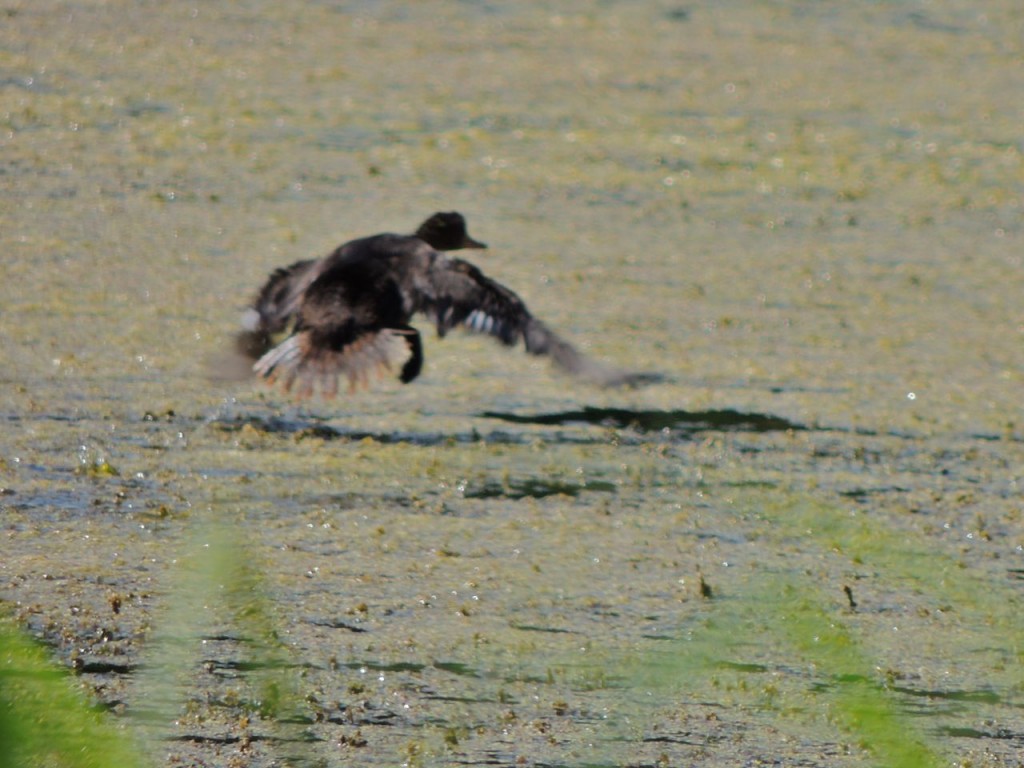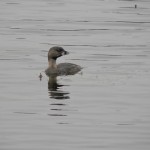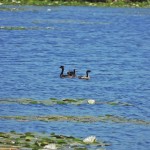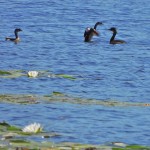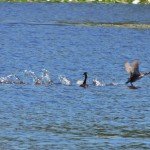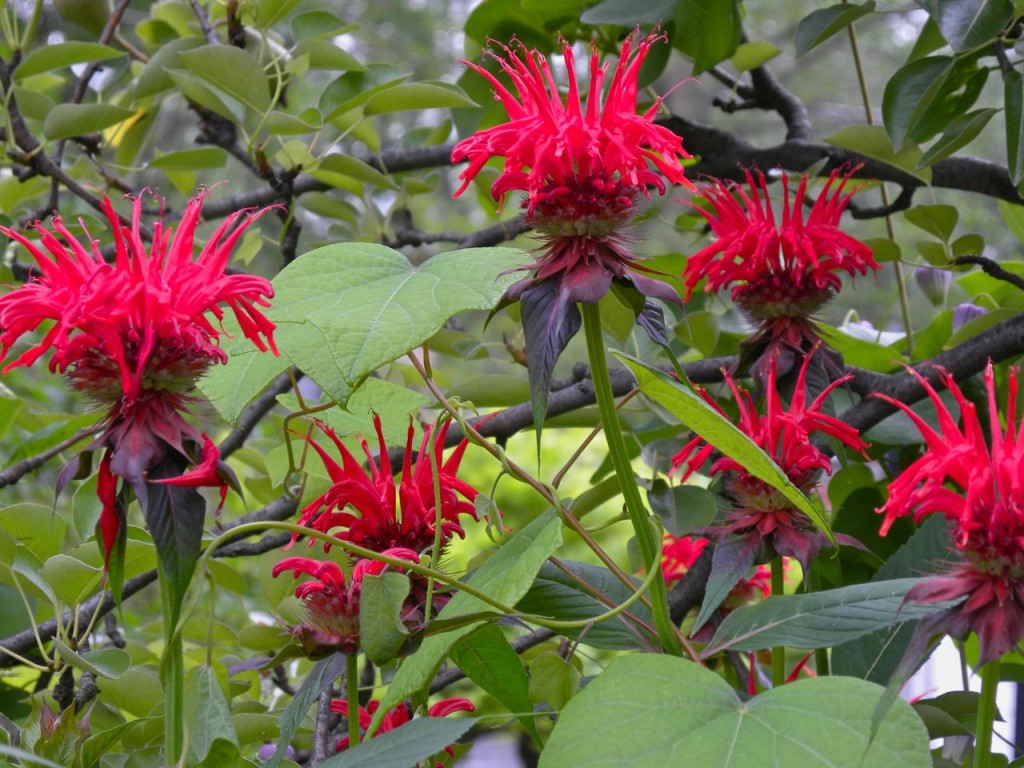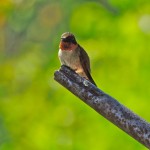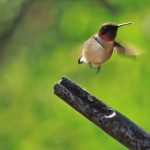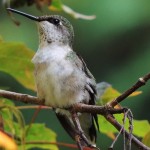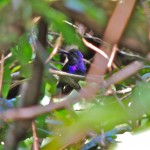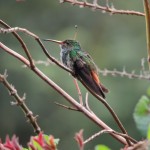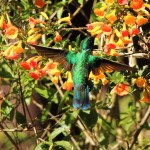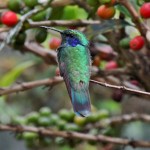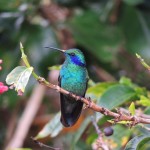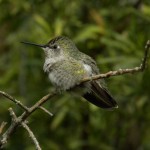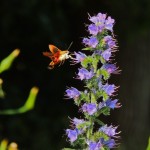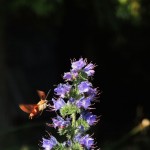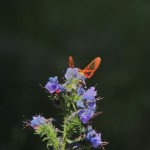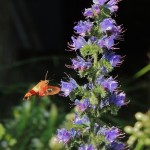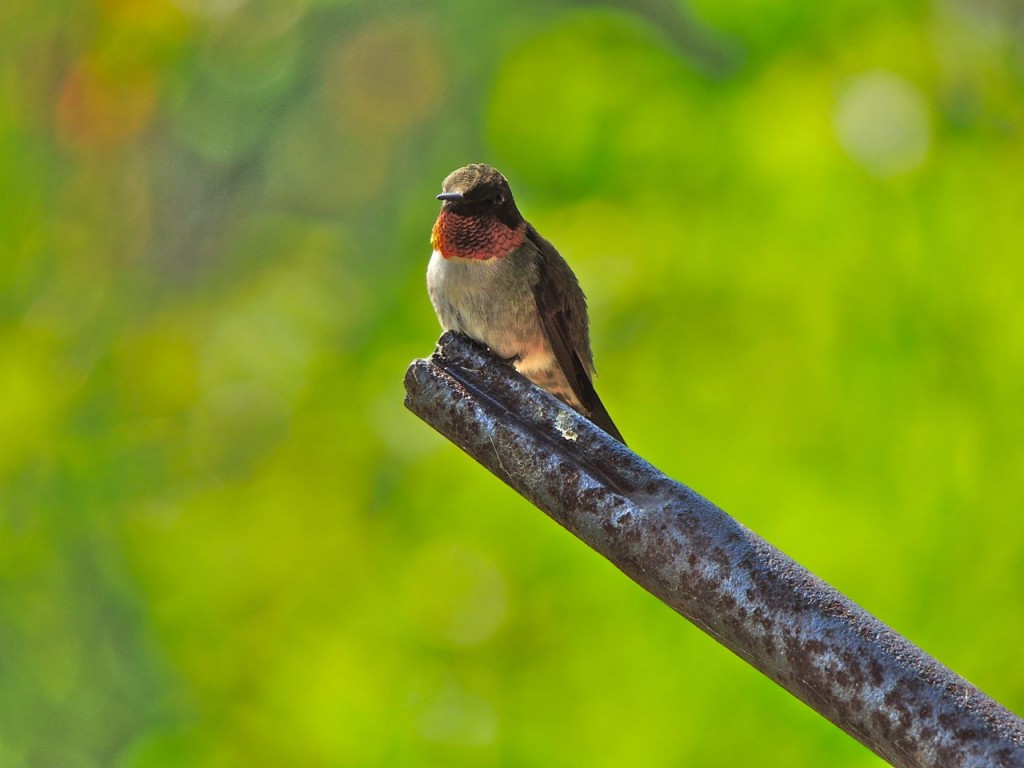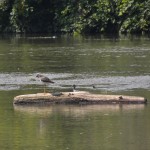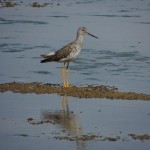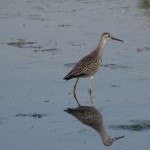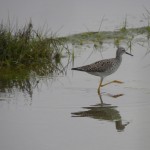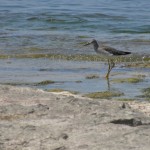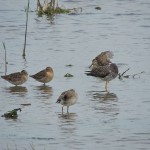31 July 2015. Blue Lakes, St George ON. This is the last day of July and after four days of oppressive heat and humidity, people around here are emerging from shelter in much the same way they would in January following a major snow storm or perhaps as folks do along the east coast after the passage of a hurricane. Well, really no damage was done, some lawns looked a little brown, it had been scorching but we’ve experienced much hotter and some of us, myself included, like it hot. Stay-indoors days are good for catching up on reading, emails and deferred projects, but eventually you’ve got to get back into circulation.
I checked on a couple of favourite birdy locations today but, as a birder’s day out, it was pretty uninspiring, I was surprised at the quiet. Maybe the past days’ heat had drained us all. There was little more to my first stop than the distant, juvenile ‘Caa’ of a young American Crow pleading for food, and the tired song of a House Wren.
Concluding what had been a pleasant, if largely unrewarding, ramble I followed a road called Scenic Drive. I’d never taken it before and it sounded promising. It led me on a rolling, twisting ride between large ponds; kettle lakes I believe. Kettle lakes are the remnants of the last ice age: as the ice sheets dissolved and departed they left behind large lumps like terrestrial icebergs half buried in the vast piles and sweeps of glacial debris. It must have been a doleful sight, but after ten thousand years those monstrous ice cubes have melted away and left behind cute little ponds in rolling countryside. Why there are kettle lakes in some areas and not in others is beyond my understanding of post-glacial geomorphology; but there they are. In late summer, ten thousand years after the fact, they are who knows how deep, choked with Button Bush, Cattails various willows and skimmed over with Lemna minor or Common Duck-Weed; what some refer to as scum but in truth is anything but. Lemna minor is a fast reproducing, small, simple aquatic plant, we’ve all seen and probably recoiled from it, it’s the sort of thing that would deter anyone from taking a swim, although I’m sure it’s clean and harmless.
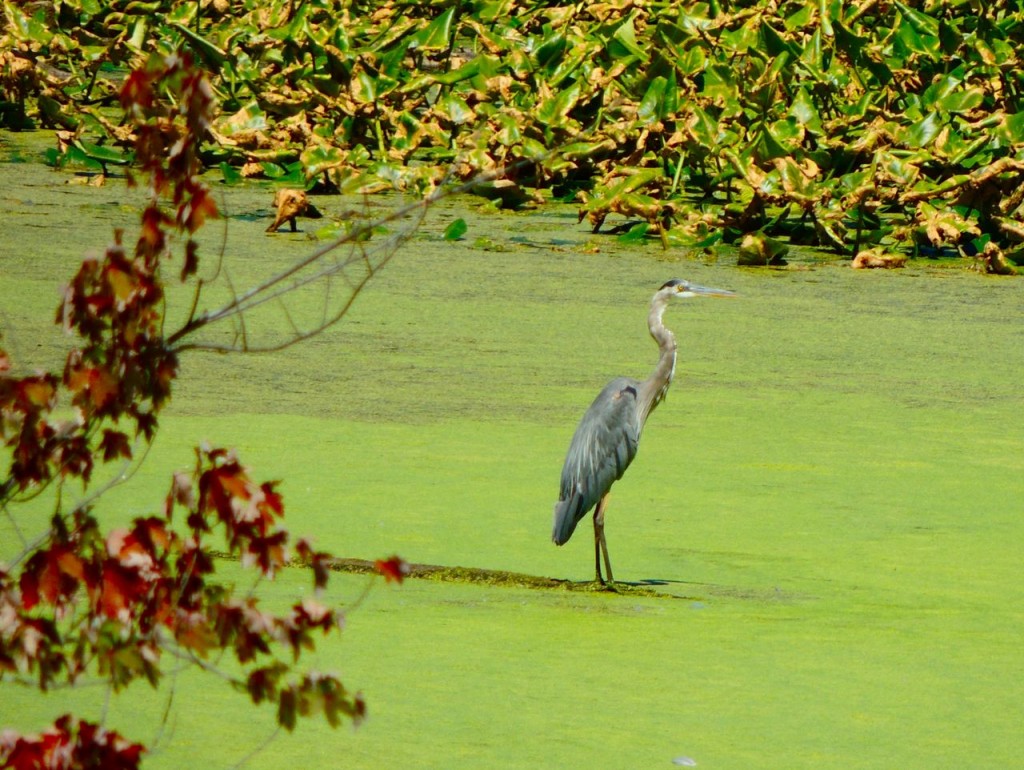
In one pond there were a few lemna-streaked Wood Ducks paddling around, and a Great Blue Heron standing sentinel on a log,
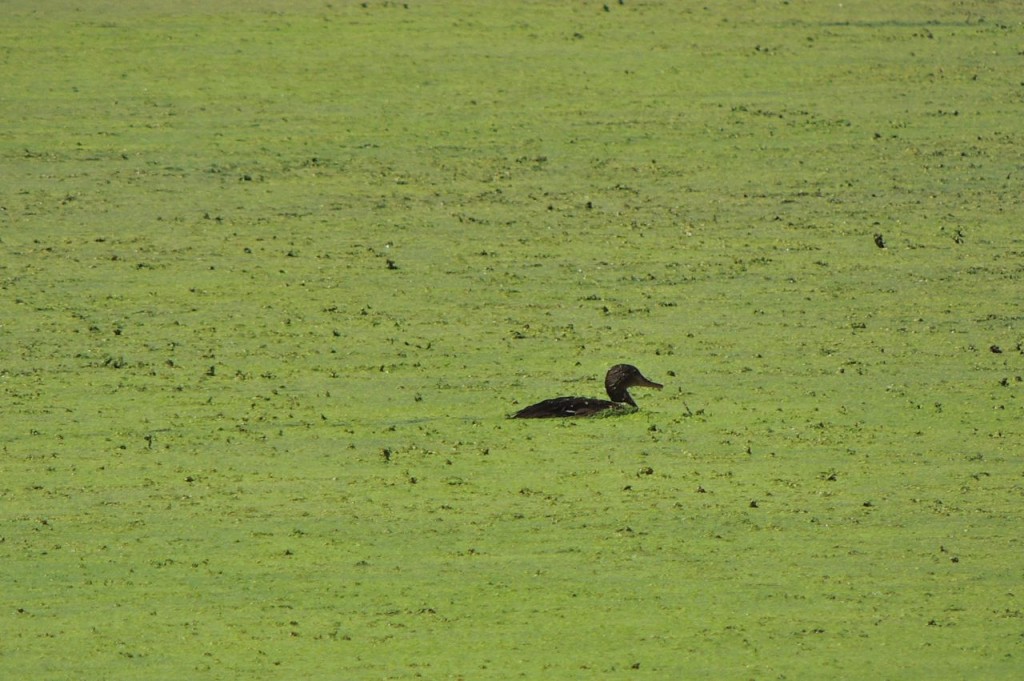
At another pond I found what turned out to be the Bird of the Day, a Hooded Merganser, a female I suspect. It certainly wasn’t a full breeding plumage male. It was driving itself purposefully through the thick Lemna and every now and then eagerly seizing upon something, it was hard to make out exactly what, although on one occasion both the merganser and I saw something small make a flipping movement and the merganser reacted in a flash, darted and grabbed a small frog; one gulp – yum!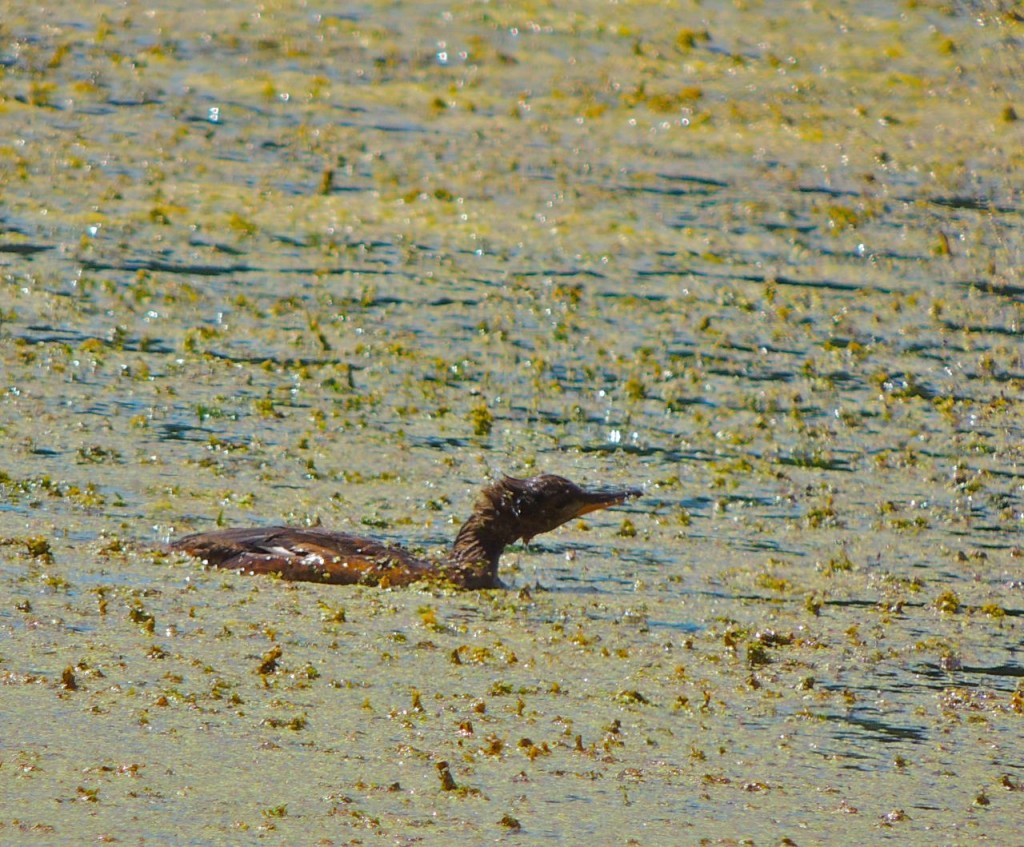
From the anonymity of my parked car I enjoyed watching the merganser for quite a while until a tractor pulling a load of hay, or maybe it was Shredded Wheat, rolled noisily by causing it to take flight.